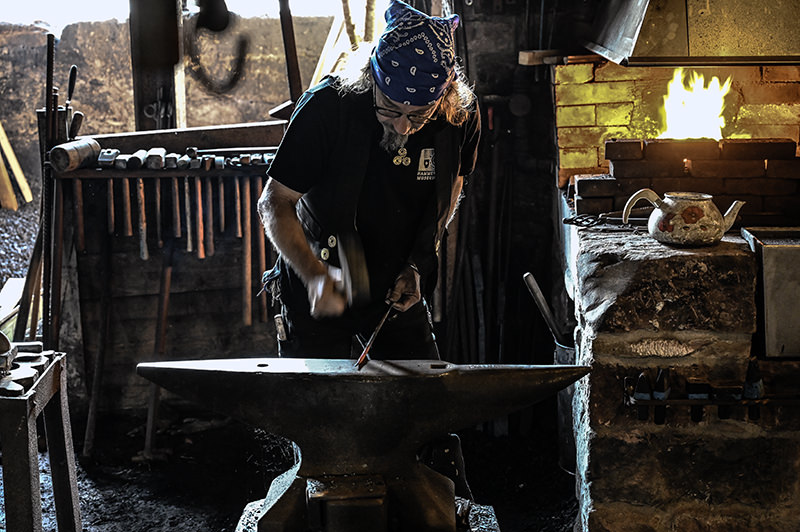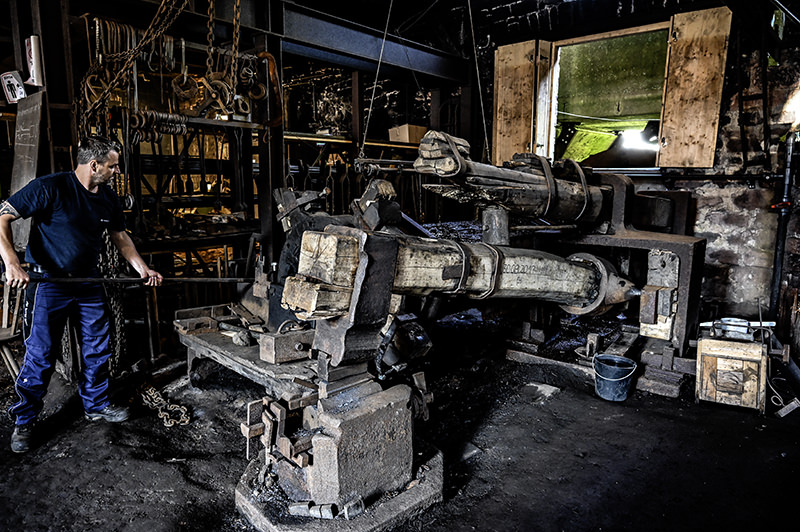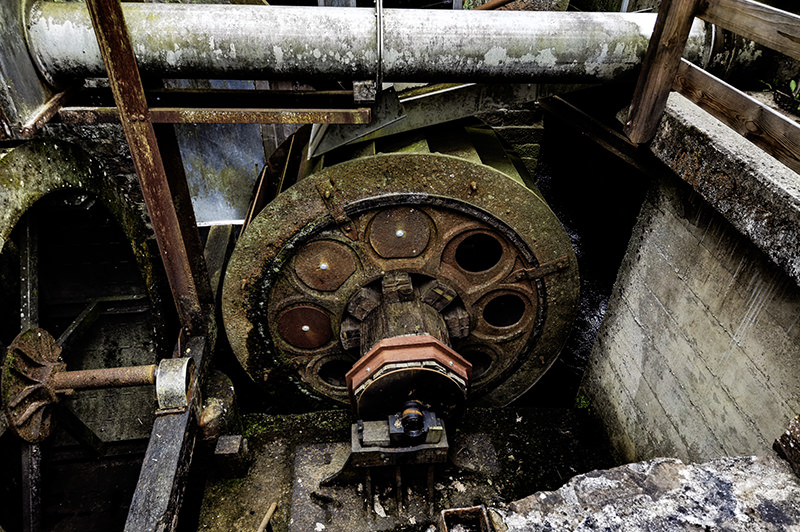
Hammer Mill Museum, Hasloch
Highlight 60
Produced by :  © 2025
© 2025


Produced by :  © 2025
© 2025

On March 24, 1779, the three ruling counts of Löwenstein-Wertheim issue a letter of inheritance to the brothers Tobias and Johann-Heinrich Wenzel of Neulautern for the construction of an iron hammer. A hammer building is then erected about 3 km north of Hasloch. The water supply is provided by a moat whose water drives the overshot water wheels.
From the original four hammers, two have been preserved: a raising hammer and a tail hammer. The main beam of the hammer mechanism is an oak trunk about 9 m long and 80 to 90 cm in diameter. The other two hammers attached to the common main beam were formerly used for forging picks and hoes.

Various forged parts are produced with the two functional tilting and drop hammers. These are mainly clappers for church bells, for which an extraordinary precision of ± 2 mm is achieved for open-die forging.
The lifting hammer is raised by the turning water wheel via five cams located on the shaft. The cams slip and the hammer – the “bear” – falls down. Its own weight of 170 kg deforms the iron lying on the anvil. This process is repeated with each cam. Above the hammer handle, the so-called “Preller” prevents the hammer from being thrown too far and increases the impact through the resulting spring effect.

The tail hammer is the smaller hammer with a bear weight of 135 kg. When the cams press on the tail of the hammer handle, the hammer handle is raised. The cast-iron comb ring on the shaft has 14 wedged cams that produce a rapid succession of hammer blows. 40,000 to 50,000 ploughshares were produced annually with this hammer.
The apartments for the hammer mill smiths are located above the hammer mill. In the heyday of the hammer trade, 16 hammer mill smiths were employed here in shifts.
The era of iron hammers in the Odenwald and Spessart came to an end in the 19th century. The blast furnaces in the Ruhr area with their more modern production methods replaced them.